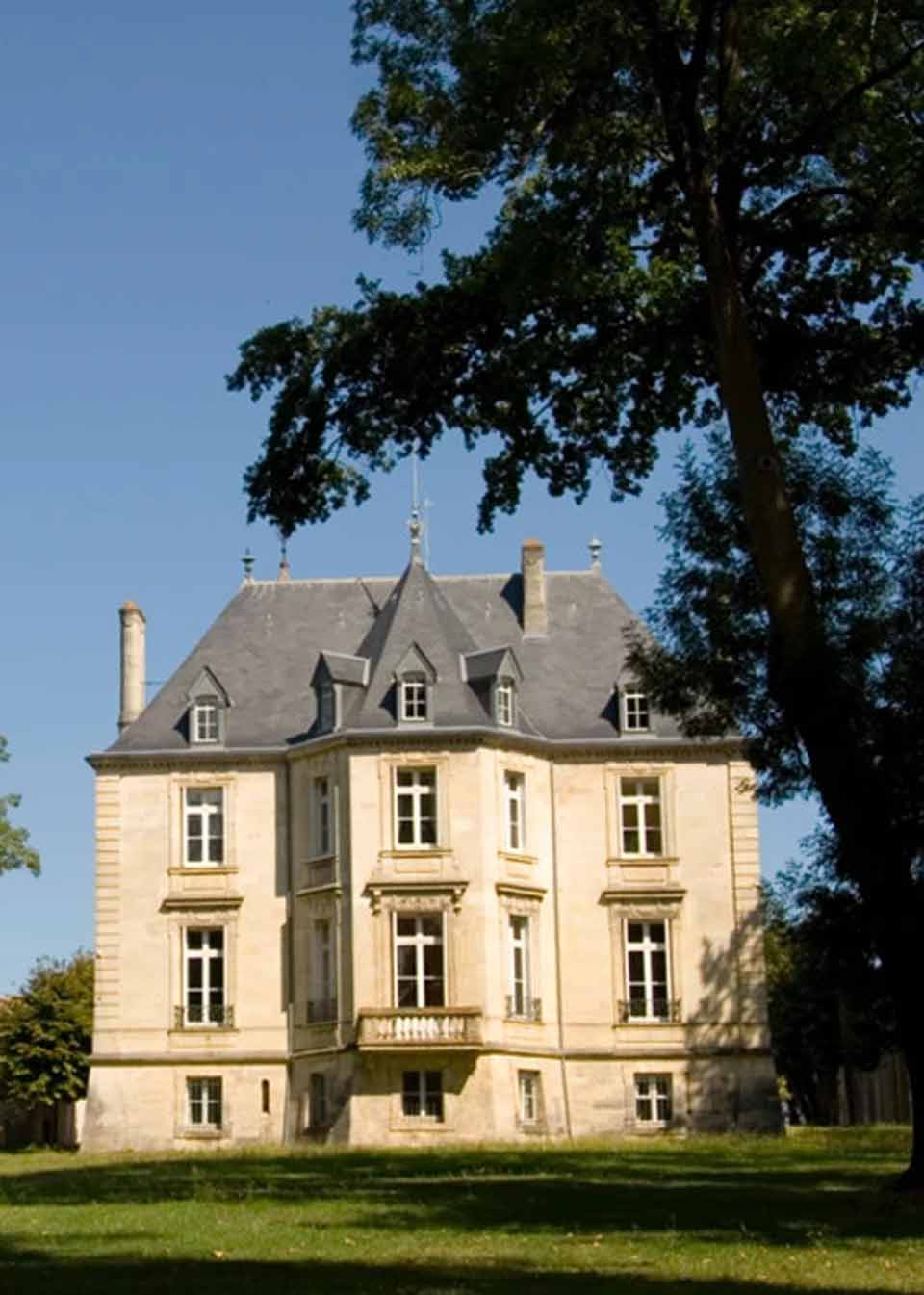
Now then, here’s an interesting question to start us off. How many wine regions are there in France? Most people could come up with the names of Bordeaux and Burgundy. Even my dogs could manage that. I’d guess that most wine enthusiasts could come up with a few more. This morning, I checked in several of my wine books and they all gave different answers. Some claimed that there are six major wine regions, some said seven and others said ten. Of course, it all depends how you count them. If you included all the regions and villages of France that are officially recognized as wine-producing regions the number would be in the hundreds.
But let’s keep things simple. I’d suggest that there are eight major wine producing areas. From North to South (more or less), they are Champagne, Alsace, the Loire Valley, Burgundy, Beaujolais, Bordeaux, the Rhône Valley and Languedoc-Roussillon. The last name may be the least familiar to you, but it’s a vast area that covers 1,700 square miles and stretches along the Mediterranean coast from Montpellier to the Spanish border. The region produces 30% of all the wine made in France.
Of all these regions, Bordeaux is perhaps the most well-known and most readily associated with wine because it produces some of the finest wines in the world. Wine enthusiasts often think of Bordeaux in terms of the Right Bank, which lies to the East, and the Left Bank which lies (obviously) to the West. And incidentally, if you get these expressions confused, the Right Bank is the one on your right-hand side when you are swimming downstream towards the sea. The Right Bank of Bordeaux includes the wine districts of Bourg and Blaye while the Left Bank includes the region known as the Médoc. It’s the home to exalted names such as St. Estèphe, Pauillac and Margaux. Bordeaux is usually blended primarily from Cabernet Sauvignon, Merlot and Cabernet Franc. But due partly to the composition of the soil, wines from the Right Bank have a larger proportion of Merlot in the blend while those of the Left Bank are based on Cabernet Sauvignon. Most of the historic city of Bordeaux lies on the Left Bank of the River Garonne, near France’s Atlantic coast. A short distance downstream, the Garonne merges with the River Dordogne to form the River Gironde. The wide area of countryside before the confluence of these two rivers is Bordeaux’s largest wine-growing area and known as Entre Deux Mers. It literally means “between two seas” although the “seas” of course are the two rivers. Here’s one of the wines from that region.
Ch. Malbec 2018, Bordeaux AOC (red). ฿793.00 @ Vines to Vino, Thepprasit Road, Pattaya
Château Malbec was established in 1860 and lies about ten miles from the city of Bordeaux. The name “Malbec” has nothing to do with the Malbec grape variety but refers to Louis Malbec, one of the former owners. The château is an imposing grand mansion with steep sloping roofs in the French style. It also houses an education centre dedicated to wine and wine tasting. This wine is made from 80% Merlot, 15% Cabernet Sauvignon and topped up with Cabernet Franc. And in case you’re wondering, AOC is the abbreviation for Appellation d’Origine Contrôlée (Controlled Designation of Origin) which is a kind of guarantee of standards set for French wines and some cheeses. There are well over three hundred different wine AOCs which control everything from the grape varieties allowed to methods of production.
 The wine is a deep purple-red and carries the unmistakable soft, rounded Merlot aroma that always reminds me of black olives, herbs and a faint touch of mint. There’s also that typical earthy aroma and after about twenty minutes, the rich red-fruit aromas begin to show. This incidentally is why – if you want to get your money’s worth – you should savour the aroma continually. Sniffing the wine is not merely an initial ritual, but an ongoing experience especially in quality wine, because the aromas develop with air contact.
The wine is a deep purple-red and carries the unmistakable soft, rounded Merlot aroma that always reminds me of black olives, herbs and a faint touch of mint. There’s also that typical earthy aroma and after about twenty minutes, the rich red-fruit aromas begin to show. This incidentally is why – if you want to get your money’s worth – you should savour the aroma continually. Sniffing the wine is not merely an initial ritual, but an ongoing experience especially in quality wine, because the aromas develop with air contact.
The wine is remarkably soft on the palate and although there’s a rich red-fruit taste the tannins are quite forward giving the wine that characteristic Bordeaux firmness. At 14% ABV, the wine is medium-bodied and completely dry. After the bottle has been open for about half an hour, the mouth-feel softens noticeably and the balance improves. There’s a long and satisfying dry finish and if you enjoy a firm, slightly austere Merlot-based Bordeaux, you’ll probably appreciate what this wine has to offer.
To my mind this is really a food wine and would work well with rich dishes: grilled red meats, game or mature cheeses. However, the important thing is to get the serving temperature right and not serve it cold. I’d guess that in our tropical climate, it’ll taste best slightly under the ambient temperature. It would be sensible to aerate this wine for at least half an hour before tasting, which means pouring it into a decanter or wine jug and letting the air – or rather, the oxygen in the air do its magical work.
 |
 |
 |





